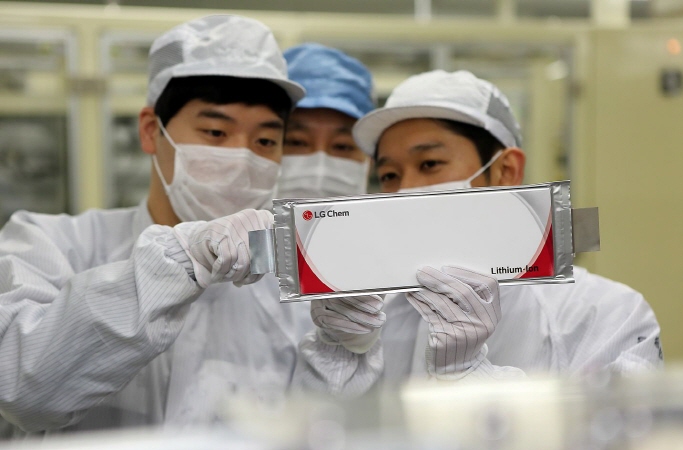LG Chem will invest about 65 billion KRW (US$ 53 million) by Q1 of next year to expand the production of carbon nanotubes (CNT) by 1,200 tons at its Yeosu plant in Korea. Once the expansion is made, LG Chem will have a total production capacity of 1,700 tons.
With properties (electric, thermal conductivity, strength) that are superior to existing materials, CNT’s use is wide-ranging including batteries, semiconductors, automobile parts, aircraft fuselages, etc.
LG Chem said that the expansion is not only to target the global EV market, but also the CNT market that has recently been rapidly developing for use in electrode conductive additives for lithium-ion batteries.
Conductive additives help the flow of electricity and electrons. In particular, it increases conductivity of lithium ions within electrode materials comprising active materials such as nickel, cobalt and manganese.
By using CNTs as conductive additives, it is possible to boost conductivity about 10% compared to existing carbon black and reduce the amount of conductive materials usage by about 30%; that space can be filled with additional electrode materials.
CNT demand is expected to post strong growth of an annual average of about 34% to rise from 3,000 tons last year to 13,000 tons by 2024—mainly due to the global EV market.
As a world leader in EV batteries, LG Chem plans to further strengthen its product competitiveness by actively utilizing CNT lithium ion batteries.
It also plans to increase sales to global IT materials companies and automotive OEMs in North America, Europe and China.
LG Chem began full-fledged R&D to develop proprietary carbon nanotube technologies in 2011 and constructed a 20-ton pilot mass production line in 2013. In 2014, it developed battery material and conductive compound products and it currently possesses more than 250 patents in just CNT-related fields.
Through the world’s largest fluidized bed reactor that it developed, it constructed a massive production system and it is actively targeting the market through various CNT products ranging from existing powder forms to compressed forms that are convenient for customers to use.
Plans are also in place to develop a variety of new uses for applying CNT such as gang form (large casts for construction); semi-conductive layer inside high-voltage cable sheaths; high strength concrete for architecture, etc. and to commercialize it in the market.
Noh Kug-lae, head of the Petrochemical Company, said, “We must lead the market with distinguished technologies and products to survive in the global materials competition,” while adding, “We will become a dominant market leader in the next-generation high-value materials including CNTs based on our unique proprietary technologies and experiences in mass production.”
Global Carbon Nanotube (CNT) Market Demand Forecast
| Section | 2019 | 2020 | 2021 | 2022 | 2023 | 2024 |
| CNT | 3,000 tons | 4,000 tons | 6,000 tons | 8,500 tons | 11,000 tons | 13,000 tons |
* Source : Industry estimates

